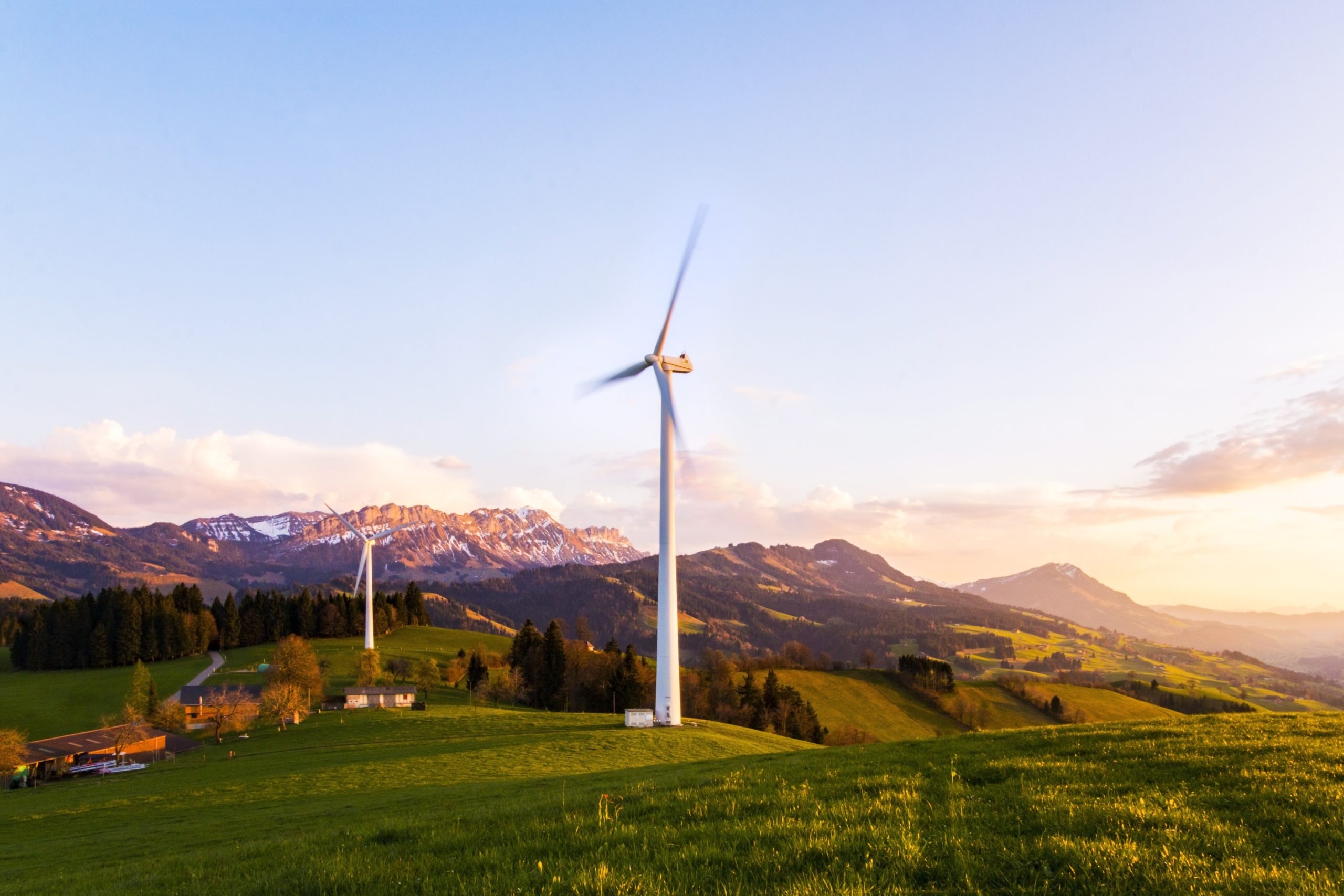Automated inspection- and reparation strategies for turbine blade erosion
Deploying wind turbines is essential for the transition to renewable energy. To ensure the sustainability of these turbines, it’s important to pay attention to erosion of the turbine blades. Erosion at the leading edge of the blades causes aerodynamic losses, which means the wind turbine will produce energy less efficiently over time.
The AIRTuB (Automatic Inspection & Repair of Turbine Blades) project aims to develop an automated inspection and repair strategy, with a specific focus on blade erosion. By using automated inspection and repair strategies, blade erosion can be detected and addressed early, contributing to more efficient energy production.
Entrance contributed to the project by developing, improving, and validating models that can predict aerodynamic losses due to erosion. They validated two model approaches for predicting 2D airfoil characteristics, including the effects of leading edge erosion, using 2D wind tunnel measurements. The models proved to reliably predict the aerodynamic losses from erosion. This allows for early intervention in erosion, which in turn increases a wind turbine’s Annual Energy Production (AEP). The models and strategies developed also weigh the cost of repair against the gain in annual energy production.

Duration: June 2019 – February 2023
Total budget of the project: €3.800.000
Budget ENTRANCE: €65.000
Location: Markenesse, Vlissingen, Groningen and Petten
Partners: 17 partners
Domains: Technological + Economic
Involved professorships: Wind energy
The future of the transition to sustainable energy.
Developing an innovation roadmap for small-scale wind energy, commissioned by TKI Urban Energy.
Which policy instruments can European cities utilize to promote the implementation of Positive Energy Districts?
How can the Dutch energy market be organized, in order that it joins the changing energy system? This is a central question at the project MODES (Market Organization of the Dutch Energy System).
